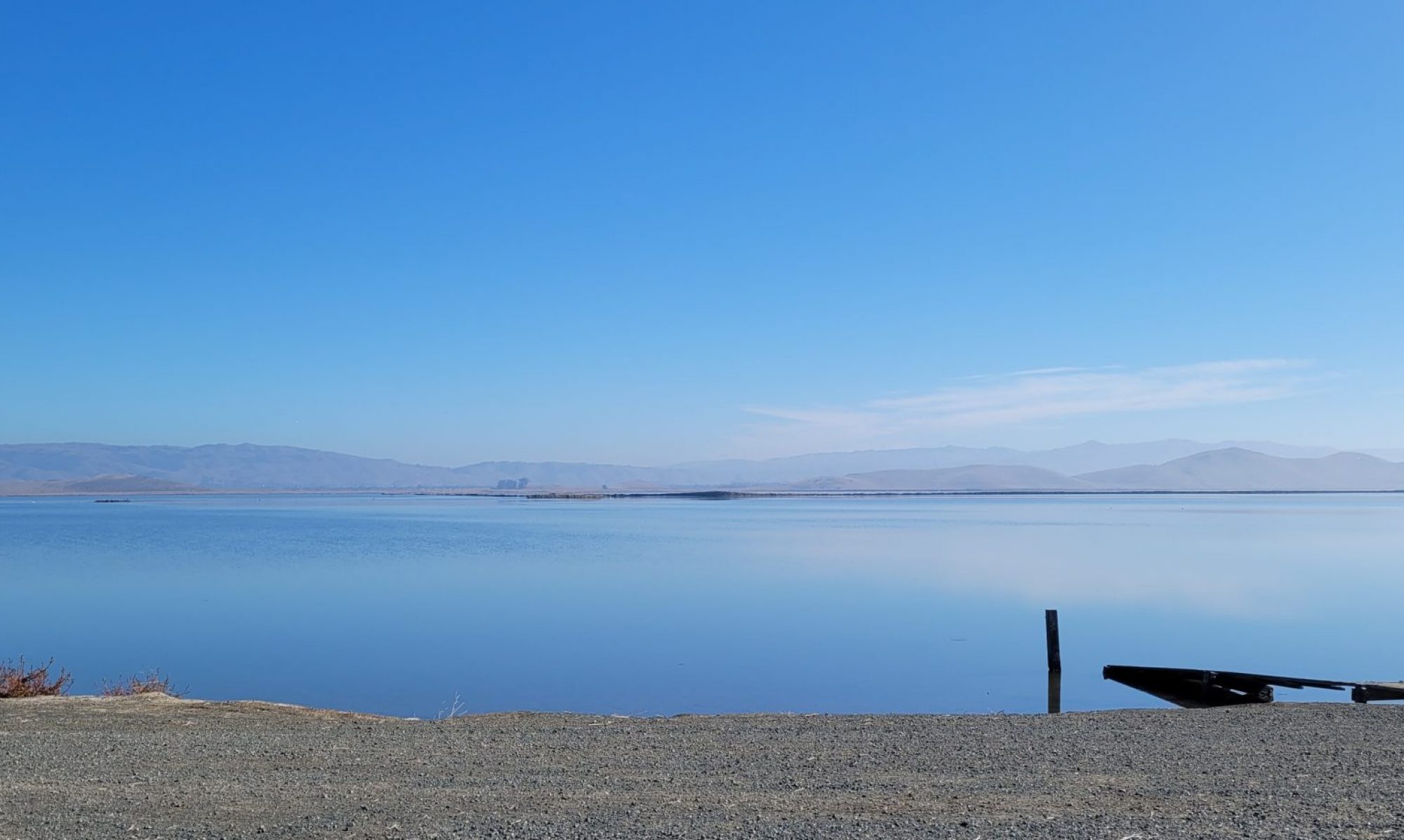…no one wants to hear from the murderer at the funeral…
Sportswriter Ann Killion, on owner John Fisher’s sham letter of regret.

Sports is not really about demigods performing super human feats, even if it sometimes is. It’s not about honoring divine beings, extolling the virtues of gentlemen athletes, or bringing about world peace, even if some claimed that was its purpose. Sports is not even about winning. Sports is about storytelling, stories which become inseparably woven into the fabric of our own lives.
There have been a lot of tears shed this past week at the funeral for the Oakland Athletics, my hometown baseball team. The final games were played last week by Oakland’s quirky, over-achieving players in its aging, industrial monolith of a stadium. Fans and players wept openly, and we’re still crying. I went to a lot of games there, by myself and with friends, wife, kids, in-laws. The A’s Bay Area tenure roughly paralleled mine, and, although I’m not going anywhere, they’re headed off to West Sacramento, to wear jerseys that have no place name on them. The team owners are dreaming of going to Vegas, but all they have so far is an architectural drawing and a hope for public funding.
I was going to write a rant, full of fury at A’s owner John Fisher, who publicly throttled this team as we were all suffered to watch. Like many of the other fans, though, I end up just thinking about my long string of experiences. Forgive me for such a long, maudlin post. Like a good wake, it goes on longer than it should because I just don’t want to tell the deceased goodbye.
The Oakland A’s have always had to play things a little differently, under weird circumstances and not always with poise or polish. They took pride in eccentricity and in showing up to contend with those who had more to begin with.
Continue reading “Elegy for the Oakland A’s”


